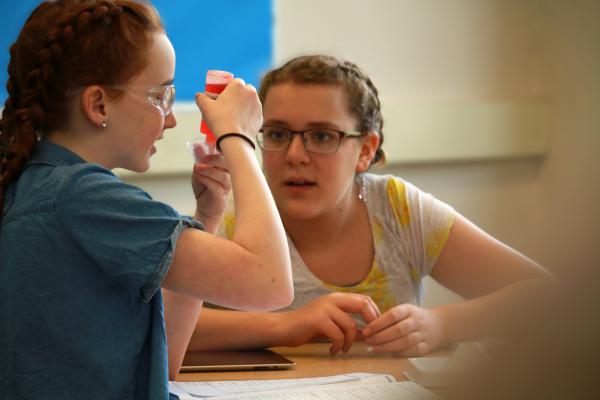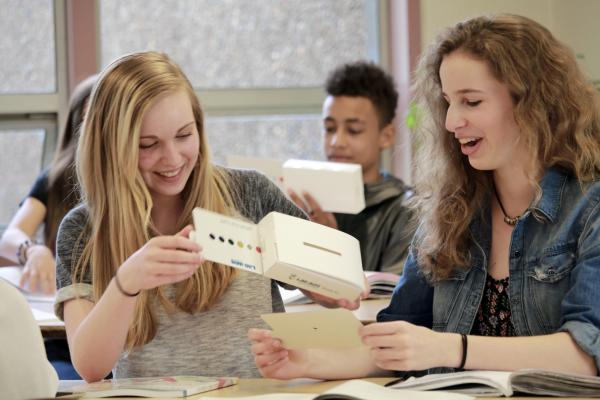- Kits 1 -3 days
- Modules 8 - 30 days
- Full Year Instruction Middle School
- Full Year Instruction High School
Where Lab-Aids® got its start
Lab-Aids started producing kits over 60 years ago in an effort to provide teachers with everything needed for thoughtful, hands-on activities to approach difficult concepts.
Kits are a cost-effective way to teach content that is abstract, rife with misconceptions, or not inherently engaging. These hands-on labs will energize your classroom.
60 years
Lab-Aids has exclusively developed instructional materials for secondary science.
Teacher Support
All kits include comprehensive teacher guidance to fully support the kit activity.
1-3 Activities
The number of activities varies per kit, but is generally between 1-3. More than that and it's considered a Module.
What you get
A teacher's guide, student sheets with procedures and formative assessments, and equipment all come organized in a single box.
Kits are perfect for
Educators looking to bring life to a single concept and/or fill in gaps where their current curriculum is lacking to meet all their standards will find the perfect match in one of our hundreds of options.
Ongoing support
Curriculum specialists and a team of product managers are always here to help with any questions.
A targeted, cost-effective way to have students engage in science and engineering practices and encourage student-led discussion around a specific real-life issue.
Issues are carefully selected to provide student motivation and context for the science content. Each issue must be engaging to diverse students, be sustainable over time, and require an understanding of important concepts and processes in order to make evidence based decisions.
150+
students can be taught with most modules
Assessment is built into each module
Formative assessments and comprehensive teacher guidance is included to fully support the module.
6-20
Activities are built into each module.

Mix and match units for a custom sequence.
Unit books and equipment packages make it easier to customize a program based on your state standards and a recommended scope and sequence.
For some districts the full-year programs by discipline are more appropriate while for others a coordinated program across the disciplines is a better fit.

Third Edition - Revised for the NGSS
Using a thorough process of program review and development SEPUP has produced 17 new units that fully align with NGSS Performance Expectations, three-dimensional design, and Common Core standards.
The difference with Lab-Aids®
Our research-based curricula is built on rigorous research in content, cognitive development, and educational best-practice. These programs require ongoing evaluation for efficacy in student understanding and are linked to highly regarded institutions that also have a stake in maintaining their reputation of excellence.

INTRODUCING...
The Power of CRISPR
This six-lesson module provides students with the opportunity to learn about and use the new CRISPR gene-editing technology in a safe and controlled investigation.
Instructional materials and background information make The Power of CRISPR accessible for all teachers, not just experts in biology.